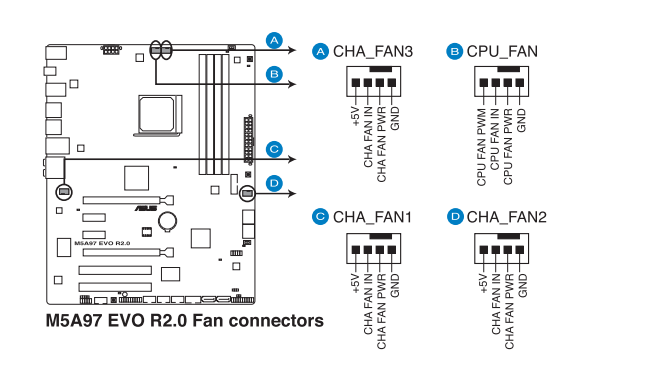You need to decouple the pump from the case. That means the pump doesn't touch the case, and neither do the screws used to mount the pump.
I have mine wrapped in foam I cut from a camping mat, and I use cable ties to keep the pump in place. The only thing the pump touches is foam.
Obviously that looks awful, but I really dont care, I dont even have a window on my case anyway. You might be able to think up a more elegant solution.
EDIT - Not sure about the low noise adapter. Its basicly a resistor, there is probably too much current to ask it to dissipate, I imagine it would melt.
I have mine wrapped in foam I cut from a camping mat, and I use cable ties to keep the pump in place. The only thing the pump touches is foam.
Obviously that looks awful, but I really dont care, I dont even have a window on my case anyway. You might be able to think up a more elegant solution.
EDIT - Not sure about the low noise adapter. Its basicly a resistor, there is probably too much current to ask it to dissipate, I imagine it would melt.
Last edited:






